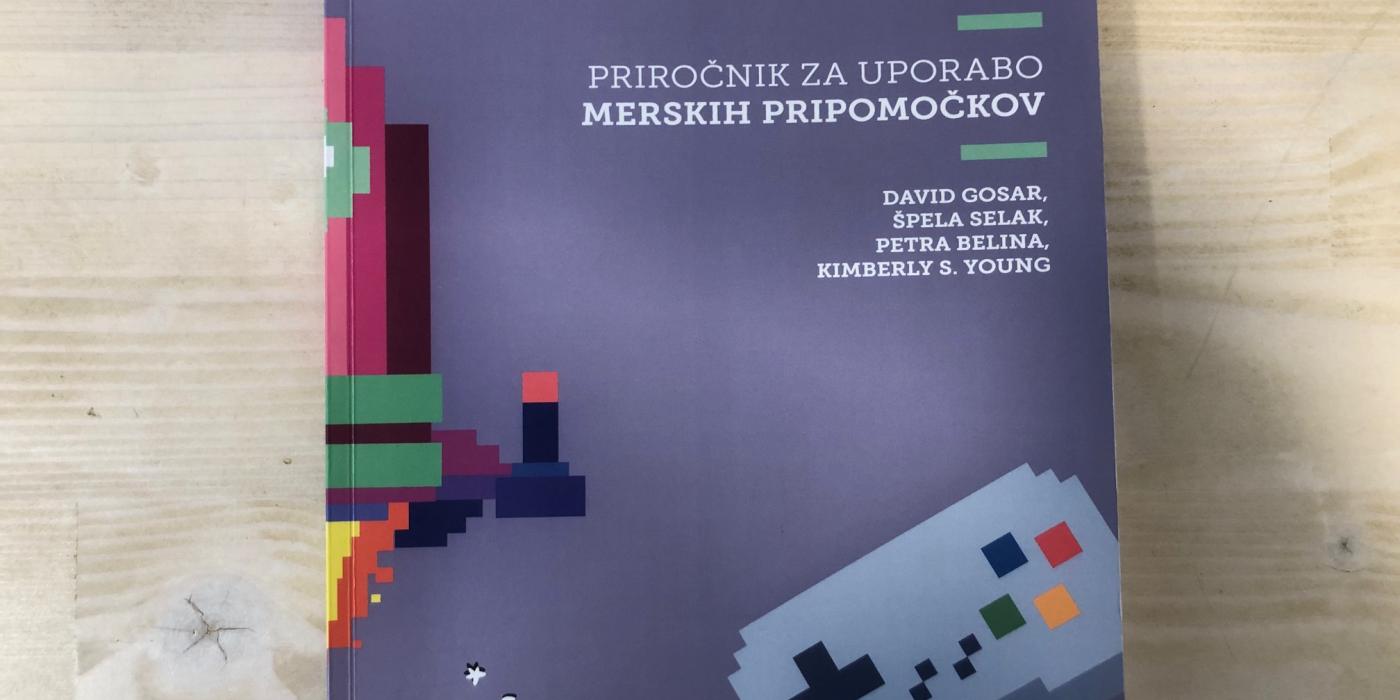
The questionnaires are designed to assess internet and video game addiction.
In collaboration with the Center for Psychodiagnostic Resources, a manual and questionnaires for assessing internet and video game addiction have finally been published after six years of work.
When we established the first specialized center for help with excessive internet use, Logout, in 2011, we were also at the beginning of research and professional work on digital addiction on a global scale. Video gaming, as one of the original forms of internet addiction, was not officially recognized. This happened 8 years later (ICD-11). To help identify and treat addiction, we turned to the pioneer, therapist, professor, and director of the Center for Internet Addiction Recovery, the late Dr. Kimberly Young, who developed one of the first internet addiction questionnaires, IAT (Internet Addiction Test, 1998), in the late 1990s.
This manual is based on her work and has been enhanced with the Internet Gaming Disorder Scale-Short Form (IGDS9-SF, Pontes and Griffiths (2016)) and the Disorder Scale-Short Form (IDS9-SF, Pontes and Griffiths (2016)). The authors developed the scales based on criteria outlined in the fifth edition of the Diagnostic and Statistical Manual of Mental Disorders – DSM-V (American Psychiatric Association, 2013), which are designed to identify video game disorder. While the IAT questionnaire and the IDS9-SF scale relate to the broader area of Internet addiction, the IGDS9-SF scale is intended to assess the somewhat narrower area of video game addiction.
We would like to extend our deepest gratitude to Dr. Kimberly Young, who believed in our work from the beginning and encouraged us. Dr. Kimberly Young also shared some thoughts with us in 2011, which are listed on the next page. We would also like to thank the authors, Dr. Griffiths and Dr. Pontes, for their interest, accessibility, and willingness to collaborate.
Thanks also go to all the schools that kindly accepted the invitation. We would like to thank Neža Blaži for collecting the completed questionnaires from the students, who collected the majority of the completed questionnaires for this population. Thank you to the Ministry of Health of the Republic of Slovenia for their support in the research phase of the project. Special thanks also go to all current and former Logout members (Bor Turk, Rok Gumzej, Franja Gros, Špela Reš, Nuša Klepec, Tilen Hočevar, Janez Arh, Lorena Pahovič, and Zala Janežič) who participated in translating questionnaires and collecting data for the clinical group. I would like to extend my sincere gratitude to the initiator of the project, Petra Belina, co-authors Dr. Špela Selak and Dr. David Gosar, who joined us a bit later and greatly contributed to the content and psychometric aspects of the project, making it easier for us to reach the end result, and Dr. Bojan Belec for his careful review and helpful advice. And last but not least, to Dušica Boben, who was the motivational and professional driving force behind the project, which lasted six years. Thank you!
Boris Veler, Logout
